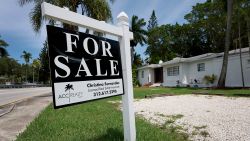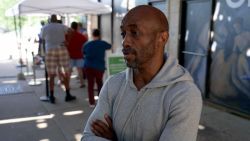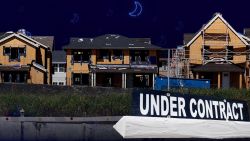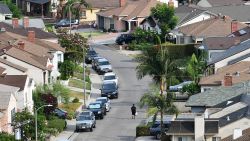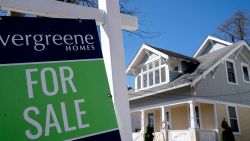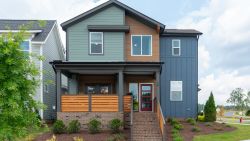During the three months that coronavirus shut down New York City, the real estate market came to a halt. That changes on Monday when the city reopens at a broader level and the local real estate market effectively flips the lights back on.
But the market is not the same. The shutdown barred real estate agents from showing properties in person and many New Yorkers left the city and are now re-evaluating their options. As a result, new listings and signed contracts fell off a cliff.
More from Success
In May, the number of signed contracts for condos in Manhattan was down 83% from the year prior and co-op apartments were down 80%, according to a new report from brokerage firm Douglas Elliman and appraiser Miller Samuel. New listings of condos in May were 54% lower than last year, while co-ops were 44% down, the report found.
Brooklyn saw similar declines, with new contracts for co-ops down by 76%, for single-family homes dropping by 66% and for condos falling by 44% from a year ago.
Such double-digit drops are eye-popping, but not surprising, said Jonathan Miller, president of Miller Samuel and author of the report.
“This was a shutdown during what is usually the busiest time of the year in New York City,” said Miller. “The market was held back. As it opens up, there will be a burst of pent up demand and the numbers won’t be as scary over the next couple months.”
But as the real estate market comes back to life, buyers,sellers and the agents that work with them wonder how long that demand will last and what the prices will be like in a post-shutdown market.
The ‘spring market’ may have moved
Typically, New York City real estate inventory climbs steadily from January through June. But the pandemic hit right at the beginning of what agents call the ‘spring market’ when transactions are high.
“We have surgically removed the spring market from the market and it is being dumped on a different time of the year: the summer” said Miller. “Once that demand is satiated, that’s when you’ll see what the market is really going to do. That will be late summer, but a lot can happen between now and then.”
Inventory and sales will tick up as the backlog of people selling and those needing to buy come back into the market, said Miller. But the actual longer term inventory and price levels will not emerge until the fall – barring any added disruption of a second wave of the coronavirus.
Michael J. Franco, a broker at Compass in Manhattan, said he typically has around 10 properties listed at any given time during the spring and signs four or five deals a month. That routine changed during the shutdown. But not seller’s plans.
Because of the backlog, he’s now got 22 listings, ranging from $550,000 to $6 million.
With agents bringing back so many listings at once, the inventory numbers should rise in June, according to Miller.
Sellers who need to get out from under a property and buyers who need a place to live are what Franco calls “serious” and will be the first ones on the scene. Within hours of the announced re-opening of New York, he heard from more than a dozen clients ready to get back to what they were doing – either buying or selling – when they were interrupted by coronavirus.
“My concern now is whether there will be a meeting of the minds on price,” said Franco. “The inventory will be more like the spring season. But sales volume? I’m not sure. If buyers are coming in with really aggressive lower offers and sellers push back, we don’t have a deal.”



